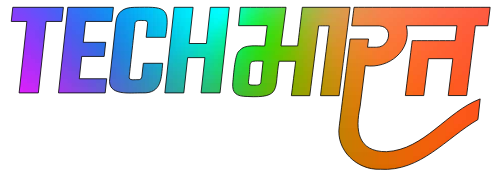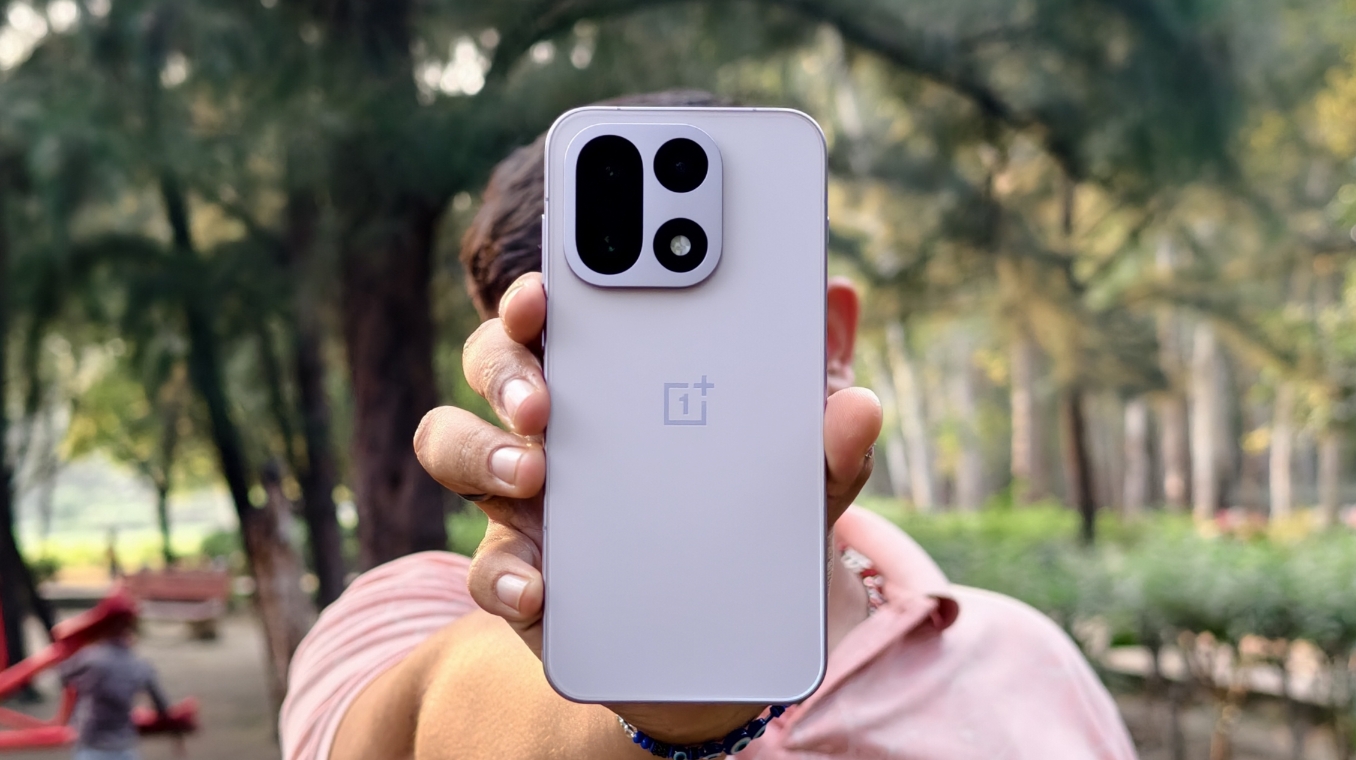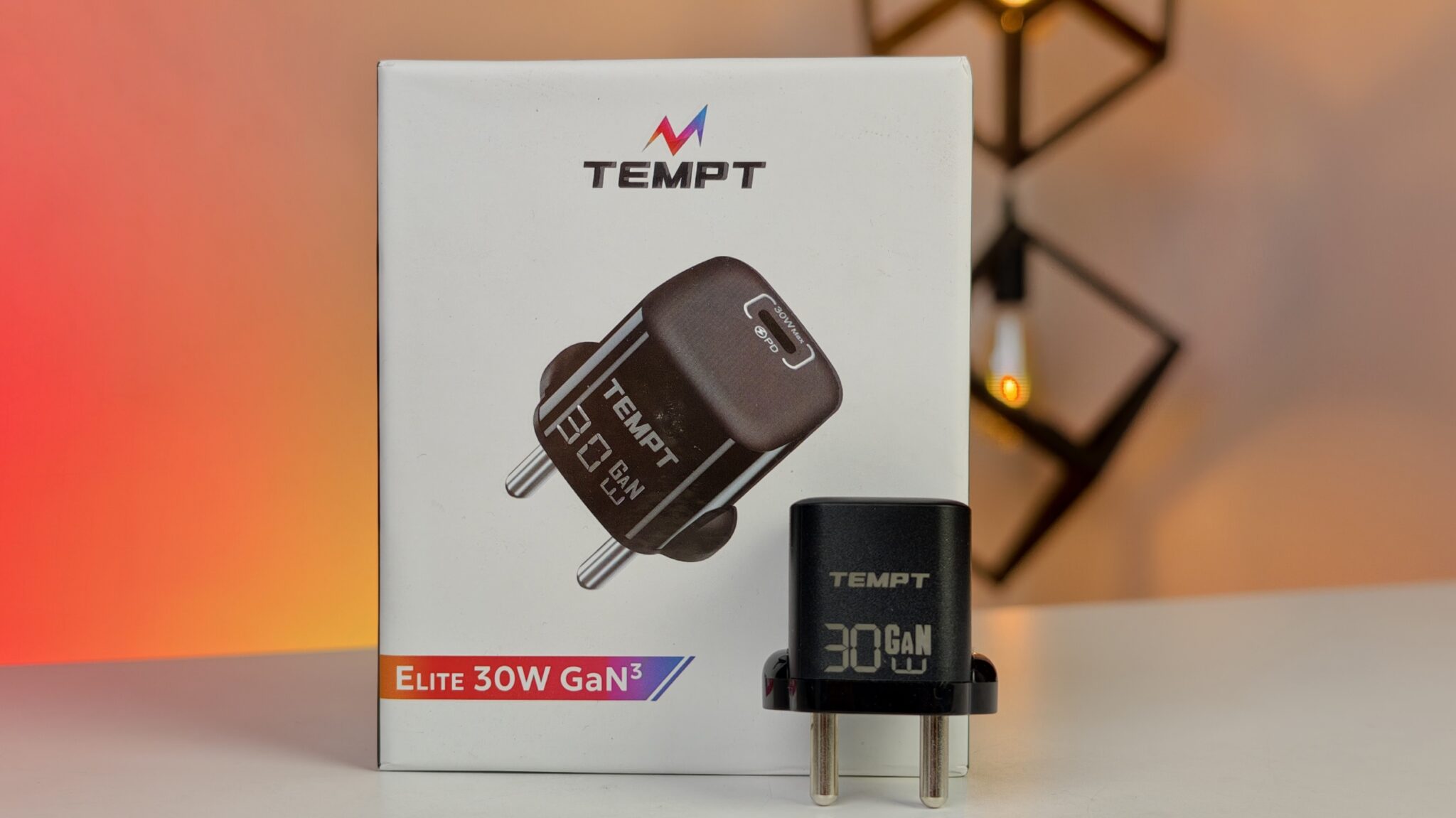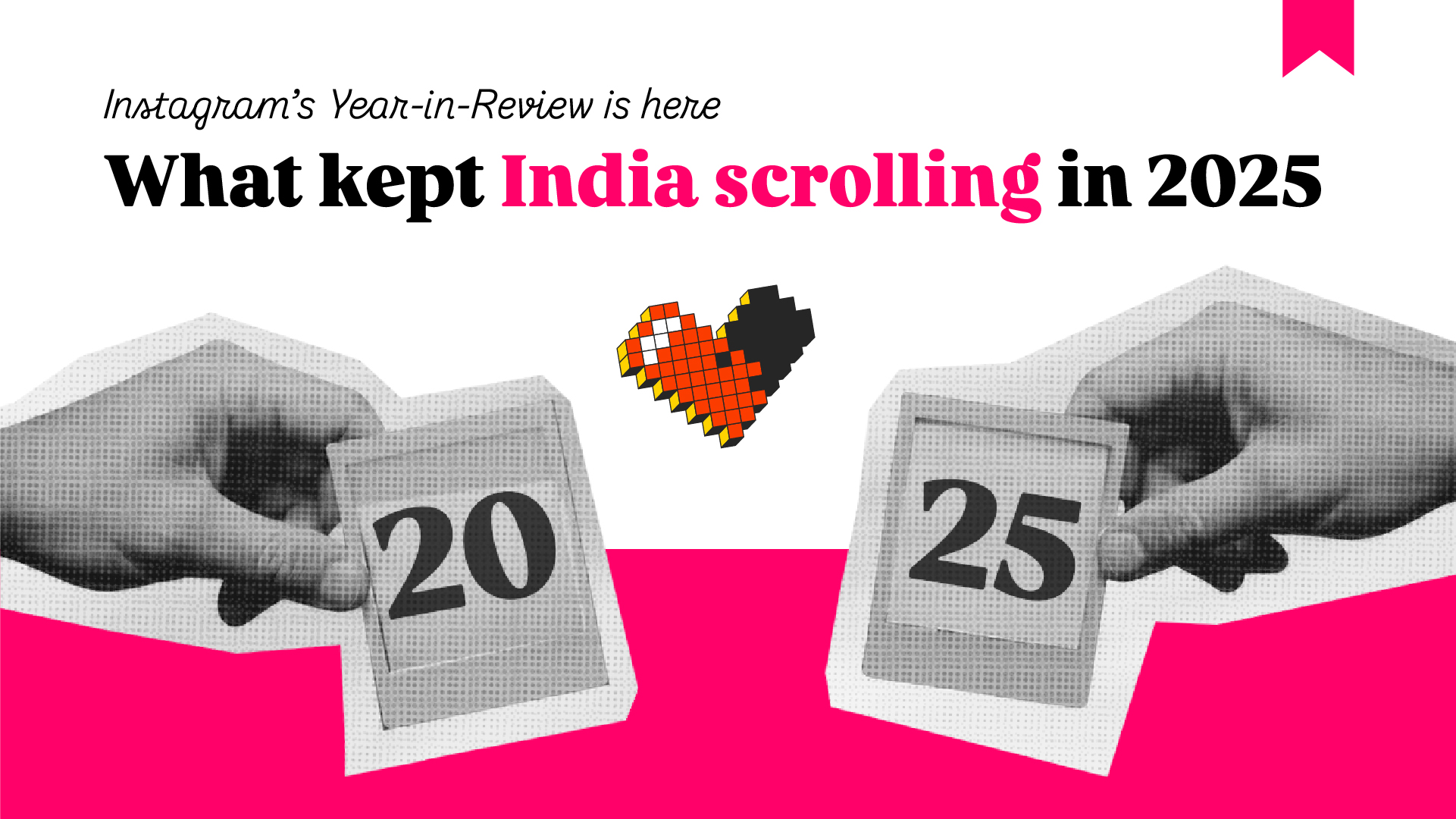The Government of India has blocked access to 25 Over-the-Top (OTT) platforms, citing persistent publication of obscene and pornographic content. The Ministry of Information and Broadcasting (I&B), working with the Department of Telecommunications, directed internet service providers to take down associated websites and apps. This directive also extended to their presence on social media platforms such as Facebook, Instagram, and X (formerly known as Twitter).
Despite repeated warnings, these platforms continued to stream content that the ministry found vulgar, often demeaning to women. The move comes as part of a broader government push to enforce digital accountability and curb what it views as unchecked obscenity online.
Key Takeaways
• Total Platforms Blocked: 25 OTT platforms have been rendered inaccessible in India.
• Reason for Ban: Streaming of content considered obscene, vulgar, and pornographic.
• Legal Basis: Action taken under the Information Technology Act, 2000, and IT Rules, 2021.
• Executing Authority: The Ministry of Information and Broadcasting, led by Minister Anurag Thakur.
• Scope of Action: Websites, mobile apps, and affiliated social media accounts all covered under the block order.
The I&B Ministry clarified that much of the content violated Sections 67 and 67A of the IT Act, provisions that deal with the publication and transmission of obscene and sexually explicit material in electronic form. According to the ministry, many of these shows were crude in nature, featuring explicit nudity and sexual acts, and often portraying women in an exploitative light.
Initially, the crackdown targeted 18 platforms, among them Dreams Films, Voovi, Yessma, Uncut Adda, and Tri Flicks. Shortly afterward, another seven platforms were added to the list for similar violations. The reach of these services had grown significantly, one app had crossed 1 crore downloads, while two others had racked up more than 50 lakh downloads each on the Google Play Store.
This isn’t the first time the Indian government has taken sweeping action in the digital space. Since 2021, the I&B Ministry has blocked over 670 online entities, ranging from social media accounts to websites and apps, for a range of violations including misinformation and obscene content.
The ministry stressed that while it supports creative expression, there are clear lines when it comes to legality and decency. The platforms were issued warnings beforehand, and only after their continued non-compliance did the ministry exercise its powers under the IT Rules, 2021. These rules outline a Code of Ethics for digital publishers and mandate a three-tier grievance redressal system.
Public response to the bans has been mixed, though many seem to support the government’s intent to reduce digital pornography. At the same time, a quieter but ongoing debate continues around where the line should be drawn between regulation and censorship.
Frequently Asked Questions (FAQs)
Q1. Why did the Indian government ban these 25 OTT platforms?
A. The government banned these platforms because they were streaming content that was found to be obscene, vulgar, and pornographic, which is in direct violation of India’s Information Technology Act, 2000.
Q2. Which ministry is responsible for this action?
A. The Ministry of Information and Broadcasting (I&B) is the central body that initiated and coordinated the ban.
Q3. What legal rules were used for the ban?
A. The ban was enforced using powers under the Information Technology Act, 2000, and the Information Technology (Intermediary Guidelines and Digital Media Ethics Code) Rules, 2021.
Q4. Are major OTT platforms like Netflix or Amazon Prime Video affected?
A. No, this action was specifically targeted at a group of smaller OTT platforms that were repeatedly found guilty of publishing obscene content. Mainstream platforms like Netflix, Amazon Prime Video, and Disney+ Hotstar were not part of this ban.
Q5. What happens to these platforms now?
A. Their websites, mobile apps, and social media pages have been blocked across India, making them inaccessible to users within the country. Google and Apple were also directed to remove the apps from their respective app stores.



















